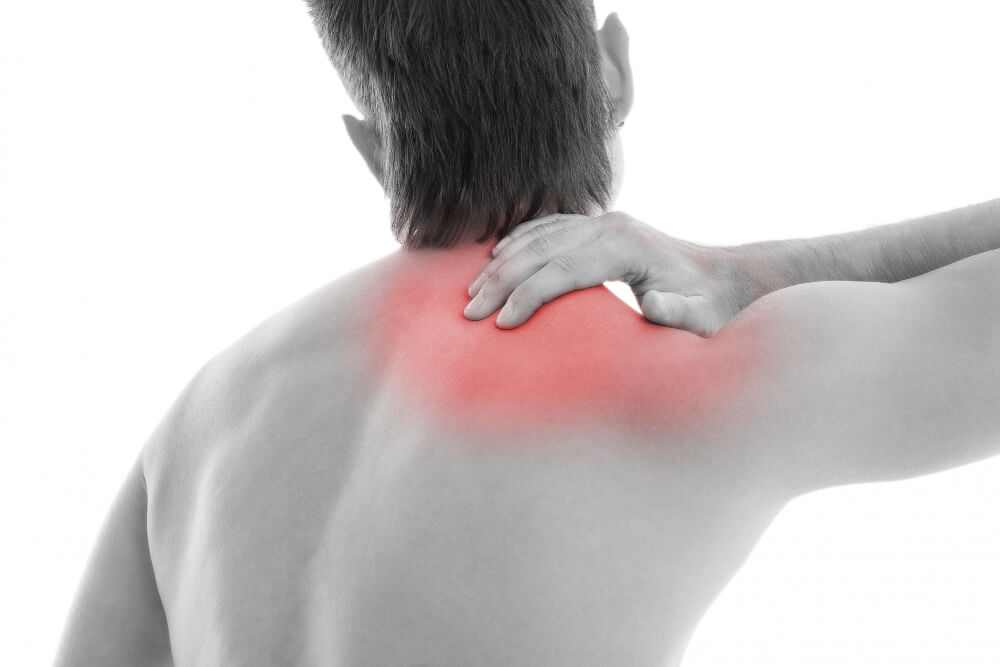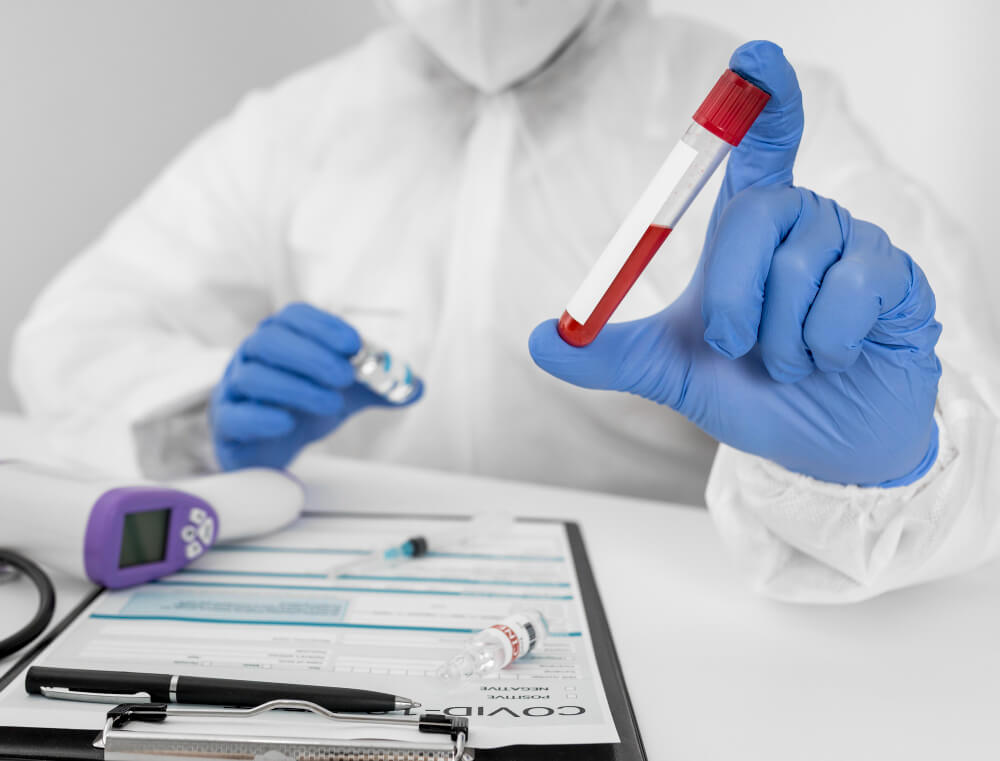Taming the Ache: A Comprehensive Guide to Muscle Pain Treatment
Muscle pain is a common foe we all encounter at some point. It can range from a mild annoyance to a debilitating ache that disrupts your daily activities. Whether it’s a consequence of a weekend warrior workout, a repetitive work task, or simply everyday wear and tear, muscle pain can leave you feeling frustrated and limited.
The good news is, you don’t have to grin and bear it. This comprehensive guide dives into the world of muscle pain, exploring its various causes, diagnosis methods, and effective treatment options offered by orthopedic specialists.
Unveiling the Culprits: Understanding the Causes of Muscle Pain
Muscle pain can arise from a multitude of factors, requiring a specific treatment approach for each. Here’s a breakdown of some common culprits:
- Overuse Injuries: Repetitive motions, improper technique during exercise, or activities that strain specific muscle groups can lead to microscopic tears in muscle fibers, resulting in pain and tenderness.
- Acute Injuries: Direct trauma like a fall, blow, or collision can cause muscle strains, sprains, or tears, leading to sudden and severe pain, inflammation, and limited mobility.
- Postural Issues: Slouching, hunching, or poor posture can put excessive strain on certain muscle groups, causing discomfort and tightness.
- Muscle Imbalances: Weakness or tightness in one muscle group can overload and strain its opposing or supporting muscles, leading to pain.
- Inflammatory Conditions: Certain medical conditions like arthritis, tendinitis, and bursitis can cause inflammation around muscles and joints, resulting in pain, stiffness, and swelling.
- Other Causes: Stress, dehydration, electrolyte imbalances, nutritional deficiencies, and some medications can also contribute to muscle pain.
Recognizing the Signs: When to Seek Professional Help
While occasional muscle pain might resolve on its own with rest and self-care, there are instances where seeking professional help from an orthopedic specialist is crucial. Here are some signs that warrant a doctor’s visit:
- Pain that persists for more than a week or worsens over time.
- Pain that is severe and interferes with daily activities or sleep.
- Sudden and intense pain following an injury.
- Visible swelling, bruising, or deformity in the affected area.
- Fever, chills, or unexplained weight loss (which could indicate an underlying medical condition).
- Numbness or tingling in the area alongside pain (may indicate nerve involvement).
- Loss of strength or muscle weakness that makes it difficult to perform daily tasks.
Diagnosis: Unveiling the Source of Your Muscle Pain
Orthopedic specialists at specialty care clinics utilize various diagnostic tools to pinpoint the exact cause of your muscle pain, allowing for a targeted treatment plan. Here’s an overview of some common methods:
- Physical Examination: A thorough physical exam will assess your range of motion, tenderness, and muscle strength in the affected area. The doctor may also test for reflexes and nerve function to identify potential nerve involvement.
- Imaging Tests:
- X-rays can reveal bone abnormalities that might be contributing to muscle pain, such as fractures or arthritis.
- Ultrasounds (in some cases) may be used to visualize muscle tears or inflammation in certain areas.
- Blood Tests: In some cases, blood tests may be ordered to rule out underlying medical conditions that could be causing muscle pain, such as autoimmune disorders or infections.
Taming the Ache: Effective Treatment Options for Muscle Pain
Fortunately, most cases of muscle pain respond well to non-surgical treatments. Here’s an overview of the treatment options available at Specialty Care Clinic:
- Conservative Measures:
- Rest: Avoiding strenuous activities that aggravate your pain allows for healing and inflammation reduction. However, complete immobilization is usually not recommended as it can lead to muscle stiffness and weakness.
- Physical Therapy: Exercises and stretches prescribed by a physical therapist can strengthen muscles, improve flexibility, correct postural imbalances, and promote long-term pain relief and prevent future problems.
- Heat or Ice Therapy: Applying heat or ice packs to the affected area can help reduce inflammation and pain.
- Heat is generally preferred for chronic pain and stiffness, while ice is better suited for acute pain and inflammation.
- Medication: Pain relievers like over-the-counter medications or prescription drugs can manage pain and inflammation.
- Massage Therapy: Massage therapy can help relax tight muscles, improve blood flow, and reduce pain. (Consider mentioning if this service is offered by your clinic)
- Cortisone Injections (if offered by your clinic): In some cases, cortisone injections can be used to provide targeted pain relief by reducing inflammation around a specific muscle or tendon.


